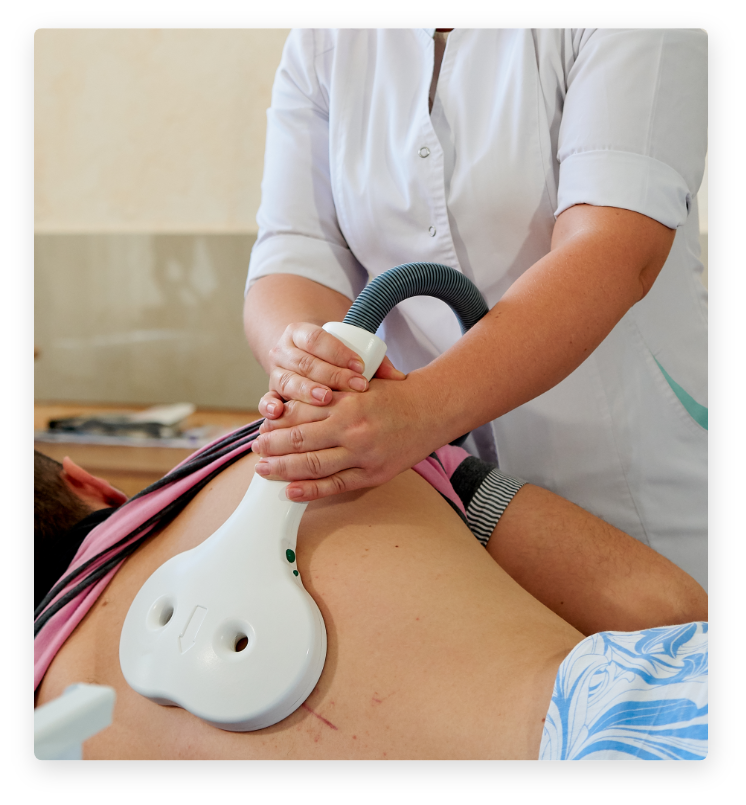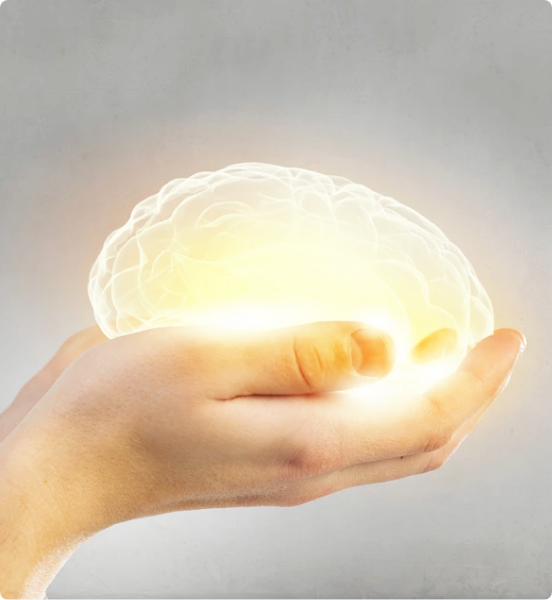Transcranial Magnetic Stimulation is definitely a mouthful! The word “transcranial” essentially means “on the skull.” At its most fundamental, TMS is a form of magnetic stimulation therapy that targets the brain.
Despite the scary sounding formality of the name, this type of therapy is actually totally non-invasive, well researched, and quite safe. As an option for treating clinically-resistant depression (depression symptoms that have not responded favorably to other forms of therapy), Transcranial Magnetic Stimulation is a welcome and exciting addition to the psychiatric field.
Sometimes TMS is also called rTMS, or repetitive Transcranial Magnetic Stimulation, since each treatment session includes many magnetic pulses. This treatment is typically prescribed after more standardized treatments such as medications, or other forms of psycho-therapy, have not delivered desirable results. The focus to date has been on patients whose symptoms remain unalleviated by these common treatment approaches.
In this article, learn more about TMS, an innovative, effective and painless form of depression treatment.

